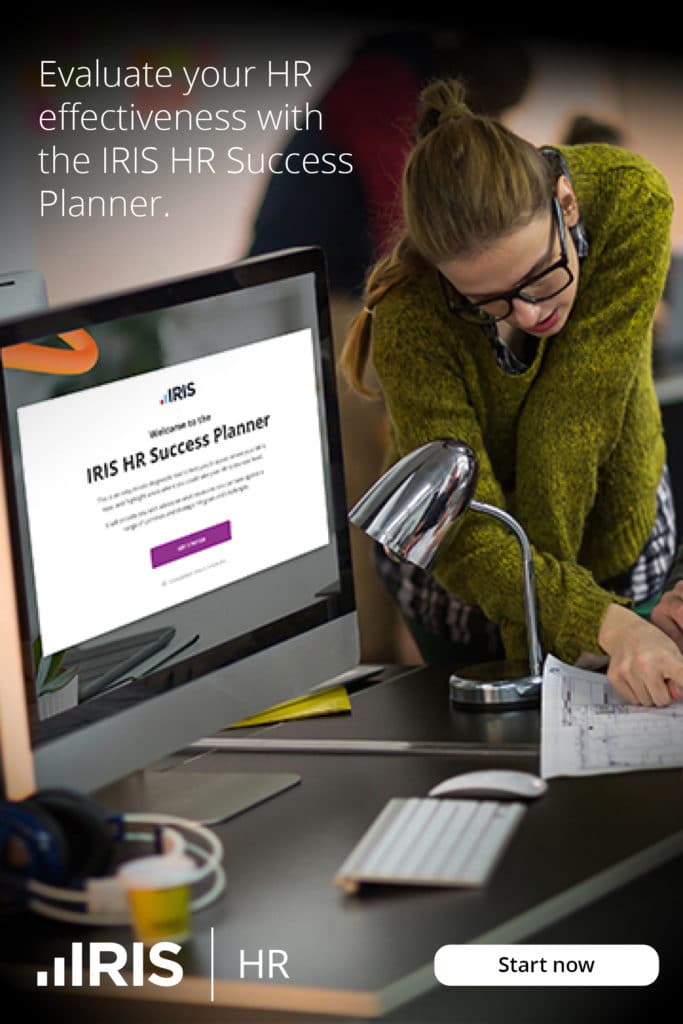BLOGS
Marriage Allowance going unclaimed
£662 Marriage Allowance up for grabs!
When the marriage allowance was introduced from April 2015, the Government boasted that some four million married couples and 15,000 civil partners would be able to benefit from it. However, recent reports indicate that less than half of eligible couples have claimed it - a significant number of people are therefore still missing out.
Reasons for not claiming vary from being unaware of its existence, to not knowing how to claim it. Whatever the reason though, it is actually quite a straight-forward tax allowance to understand and the procedure for claiming is simple. It is worth checking client records to see if any backdated claims can be made.
Who can claim?
Rather than being a standard amount allowance like, say, the personal tax allowance, marriage allowance is a way for couples to transfer a proportion of their individual personal allowance between them in a tax-efficient manner.
It should be possible to benefit from the allowance where the following conditions are satisfied:
- The couple must be either married or in a civil partnership – living together is not sufficient.
- One partner needs to be a non-taxpayer – which generally means they are earning less than the personal allowance (£11,500 in 2017/18).
- The other partner needs to be a basic 20% rate taxpayer, which broadly means they will be earning less than £45,000 in 2017/18. Higher and additional rate taxpayers are not entitled to the allowance.
- Both partners must have been born on or after 6 April 1935.
How much?
For 2017/18, the maximum amount that can be transferred from one partner to the other is £1,150, which means that the person receiving the transferred allowance will be entitled to a reduced income tax liability of up to £230 (£1,150 @ 20%).
Looking further back, for 2015/16 the allowance was worth £212, and for 2016/17 it was worth £220. Backdated claims are allowed, so a claim now for all three years will be worth up to £662.
The allowance is set to rise to £1,185 on 6 April 2018, so it will be worth a further £237 in 2018/19.
How do I claim?
In order to process a claim, HMRC will require both partner’s national insurance number, and an acceptable form of ID from the non-taxpayer. Note that it is the partner who is the non-taxpayer who makes the claim for the relevant proportion of their unused personal tax allowance to be transferred to the partner who pays tax at the basic rate.
In most cases, the allowance will be given by adjusting the recipient partner's PAYE tax code. For self-employed people, the allowance can be claimed via the self-assessment return will be given as a reduction against income tax liability.
2017 Autumn Budget change
It was confirmed in the 2017 Autumn Budget that claims can be made where one partner has died since April 2015. A claim could be worth a tax repayment of up to £662 - it’s definitely worth checking clients’ circumstances!









